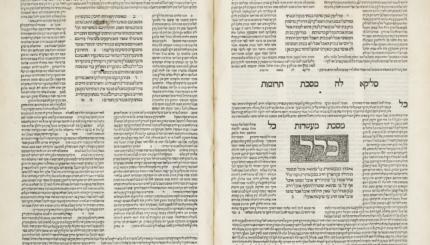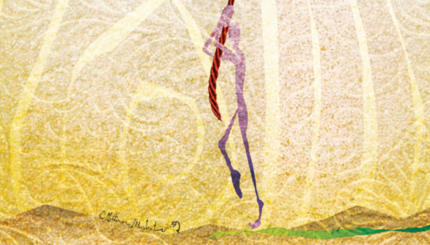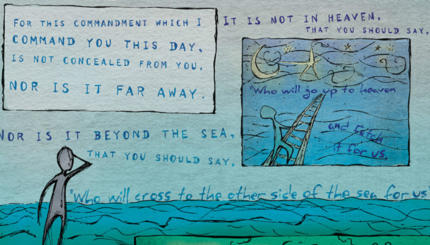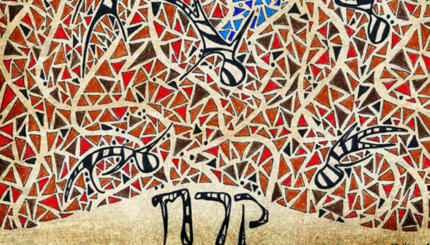Jewish Texts
7 Tips for Studying Daf Yomi
Thinking about jumping into daily Talmud study? Here's some ways to get the most out of it.
Faith Took Abraham Far — Love Took Him Even Farther
The first Jew is widely regarded as a man of faith, but he was also a man of deep love.
King David, Batsheva and #MeToo
If Batsheva had had the chance, the tweet would have written itself, but we never heard her side of the story.
Torah That is “Near to You”
The text is eternal because of its adaptability — not its unchanging nature.
What Do We Do About Violence in the Torah?
Why do we draw so many conclusions about each other’s religious traditions from small excerpts of text?
A Failed Rebellion
This biblical power structure — and struggle — in Korach may offend our democratic sensibilities.
An Angel is Born
Chazak, chazak, v’nitchazek! Let’s be strong, and strengthen one another!
Our Sages Were Wrong
I want my child to know that his choices matter. They have consequences.
Who is Worthy to Lead: The Torah of Modern Politics
This week’s Torah portion (Yitro) offers a key lesson for today’s politics. It comes just before the fateful Ten Commandments ...






